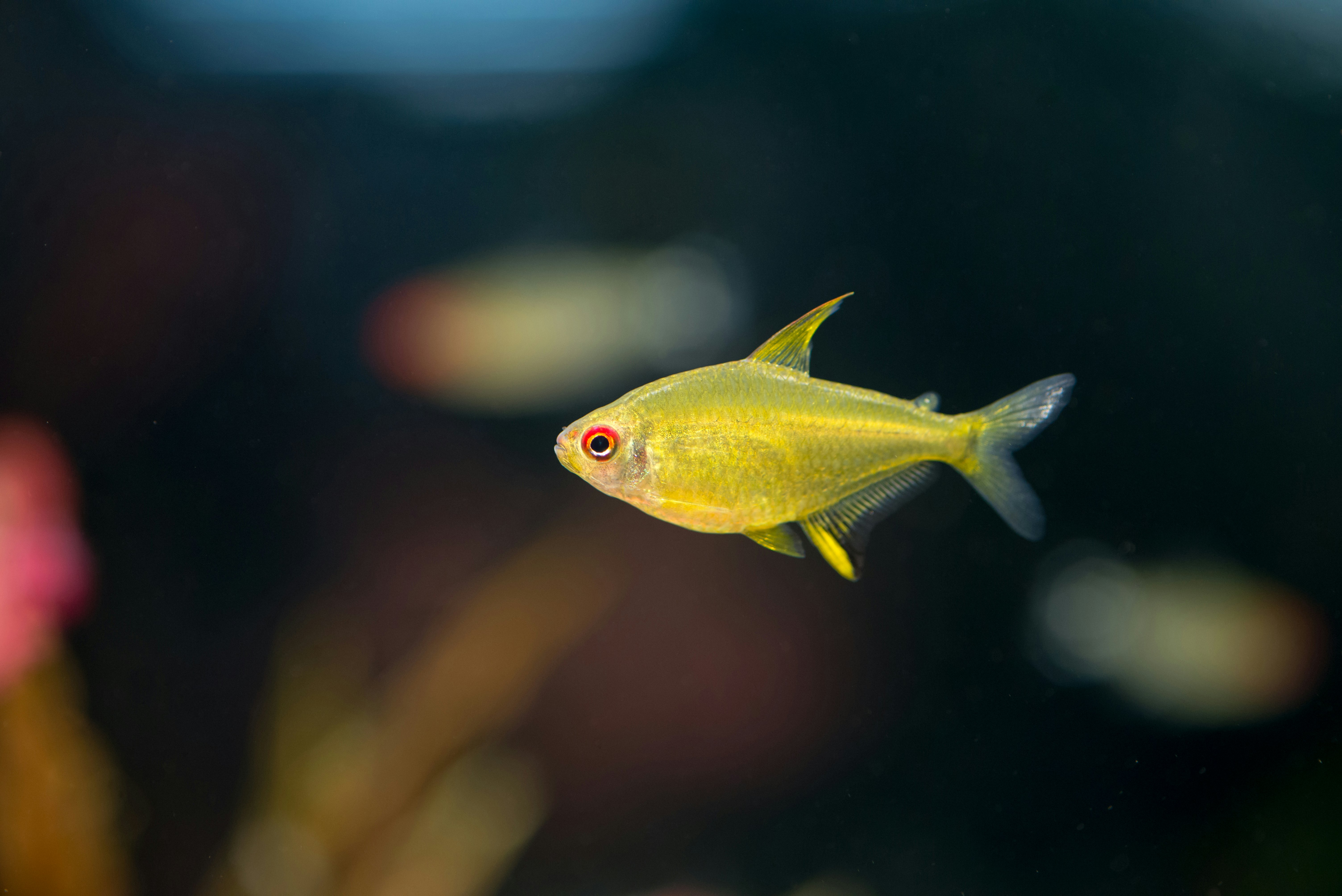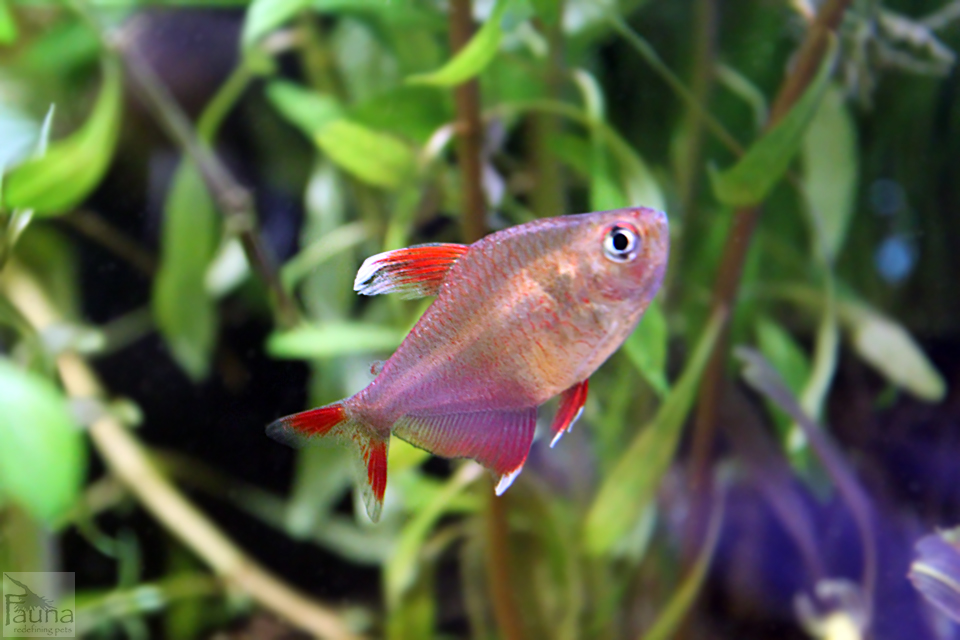
The basins for these systems often feature deep beds of leaf litter from the surrounding forests.Ĭonsider adding Indian almond leaves (or any dark, dried leaf litter) to your substrate to mimic the natural habitat.Īll tetras are active swimmers. Tetras in the wild occupy lakes, ponds, rivers, and wetlands. While these fish are friendly and work well in a community tank, they can nip at the fins of slower swimming fish. It needs a high protein diet and will accept frozen, freeze-dried, and live foods. Your carnivorous green fire is easy to feed. An aquarium with plenty of hiding spaces and a darker substrate will further increase their comfort level. They show their best colors when kept in a school of at least six. The green fire tetra is another stunning South American species with a glittering green body and bright splash of red on its belly and base of the tail. They make excellent choices for beginners in the aquarist field. As they’re a hardy fish and accepting of most diet options, it’s not a big surprise. They’re not only one of the most popular tetras, but they’re also one of the most popular aquarium fish, in general. Keep at least five in the school to ensure optimal health. The colors fade as they age, though the patterns remain. They come from South America, preferring a more neutral pH than some of the other tetras in that region.īlack tetras (another common name) reach 3 inches (7.6 cm) in length, making them one of the largest tetras in the family. That iconic tail is why you may also see them called black skirt tetras. They also rank as one of the most popular fish in freshwater aquariums.īlack widow tetras combine black and white patterns into a flowing black tail. Black Skirt Tetra ( Gymnocorymbus ternetzi)īlack skirt or black widow tetras top the list for most popular tetras kept by aquarists. Both are tetras, though not typically kept in home aquariums.Ĥ. This includes the iconic piranha and enormous pacu. While the most popular types of tetra feature vibrant colors, stripes, or spots, many common fish are also members of the Characidae family.


As a matter of fact, the name “tetra” comes from the Greek word for “four.” Tetras set themselves apart with a fourth set of paired fins! (most fish only have three) The fourth adipose pair rests between the caudal and dorsal fins. They frequent freshwater systems in those regions, rarely growing larger than 2.5 inches (6.4 cm) – at least for the most popular aquarium types. Glowlight tetras swimming with ember and penguin tetras Tetras are native to South America, Central America, and the eastern coast of Africa. With over 150 species to choose from, these popular fish come in different colors, patterns, textures, and shapes. Anyone who’s kept an aquarium – or even considered keeping an aquarium – has encountered one or more fish from the tetra group.


 0 kommentar(er)
0 kommentar(er)
